Women's Reading in Britain, 1750–1835: A Dangerous Recreation
The growth of female reading audiences from the mid-eighteenth century to the early Victorian era represents both a vital episode in women's history and a highly significant factor in shaping the literary production of the period. This book offers for the first time a broad overview and detailed analysis of this growing readership, its representation in literature, and the extent of its influence. It examines both historical women readers, including Laetitia Pilkington, Elizabeth Carter, Frances Burney and Jane Austen, and a wide range of texts in which the figure of the woman reader is important, from Gothic (and other) novels to conduct books and educational works, letters, journals and memoirs, political and economic works, and texts on history and science. Jacqueline Pearson's study offers illuminating insights which help to make sense of the ambivalent and contradictory attitudes of the age to the key figure of the woman reader.
{{comment.content}}
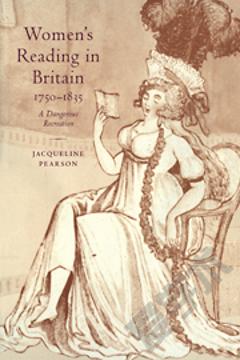
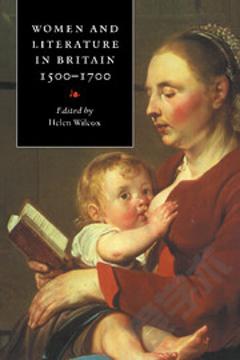
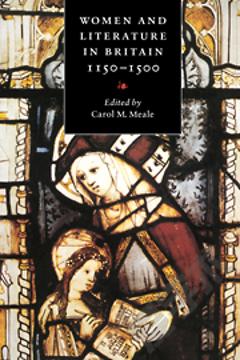
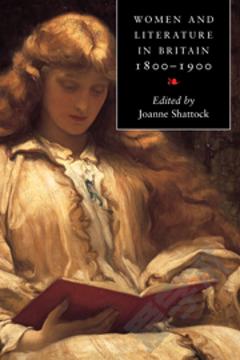

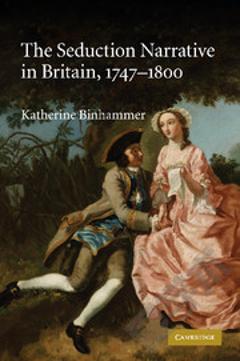
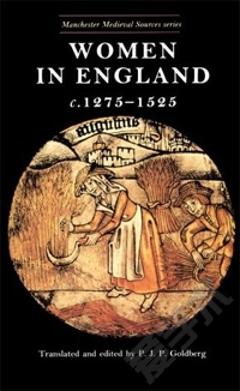

 京公网安备 11010802027623号
京公网安备 11010802027623号